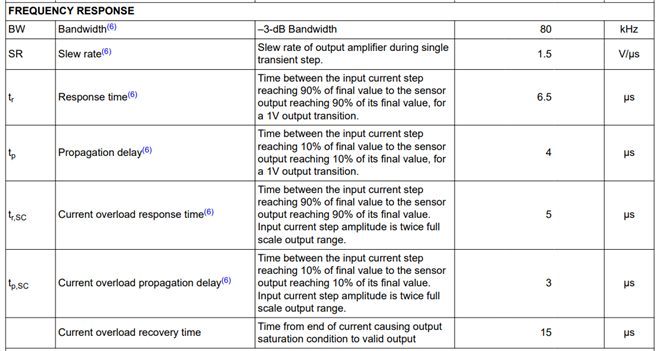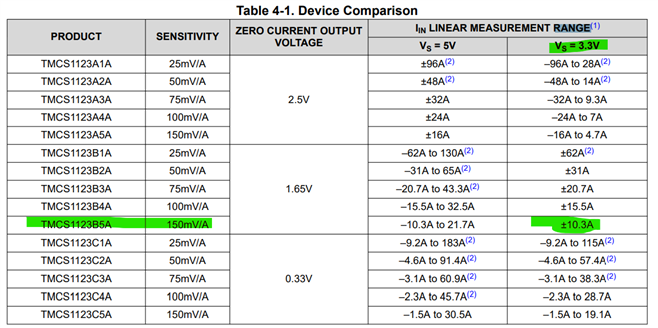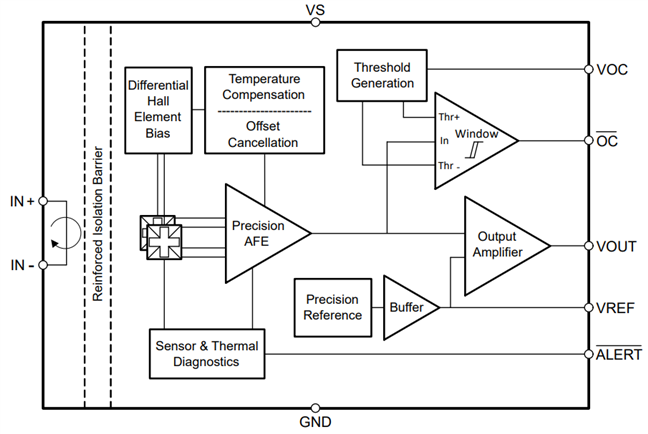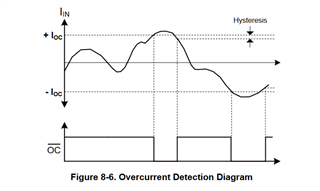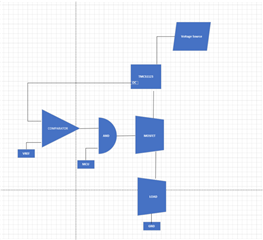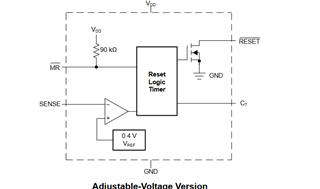Other Parts Discussed in Thread: TMCS1123, TLV840-Q1, TPS3808E-Q1, AMC23C14
Hello Team,
We are planning to use the current sensor TMCS1108 in one of our products to measure the DC current flowing to a motor.
The maximum current to the motor will be 4A only.
The output (Vout) of the IC will be given to the MCU through an ADC.
In case of short circuit event/ or motor stuck, we need to turn of the power supply immediately.
If we are using the MCU to turn of the power supply, it will take more time and by that time the motor may get damaged.
So we are planning to use a comparator at the output of the device TMCS1108 and if the voltage at the output (corresponding to the short circuit current) is higher than a voltage set at the other terminal of the comparator, the comparator will turn of the MOSFET and thereby stopping the current flow.
An AND gate will be connected at the output of the comparator and the MOSFET driver and one of the input of the AND gate will be controlled by the MCU since we need MCU also to control the motor.
Can anyone comment on this architecture?
Also, during a short circuit event, the comparator will turn off the MOSFET Driver and thus the current flow is stopped.
And when the current flow stops, the comparator output will go high and this cycle repeats.
Is there any solution to solve this issue?
Instead of using comparator, I hope I can use hall based current sensors with ALERT pin outputs.
But still the issue mentioned above persist.
Please correct me if I am wrong.
Also, what will happen if a current higher than the rated current is flowing through the device. Will this damage the device as this is a hall sensor?
Looking for your reply.


